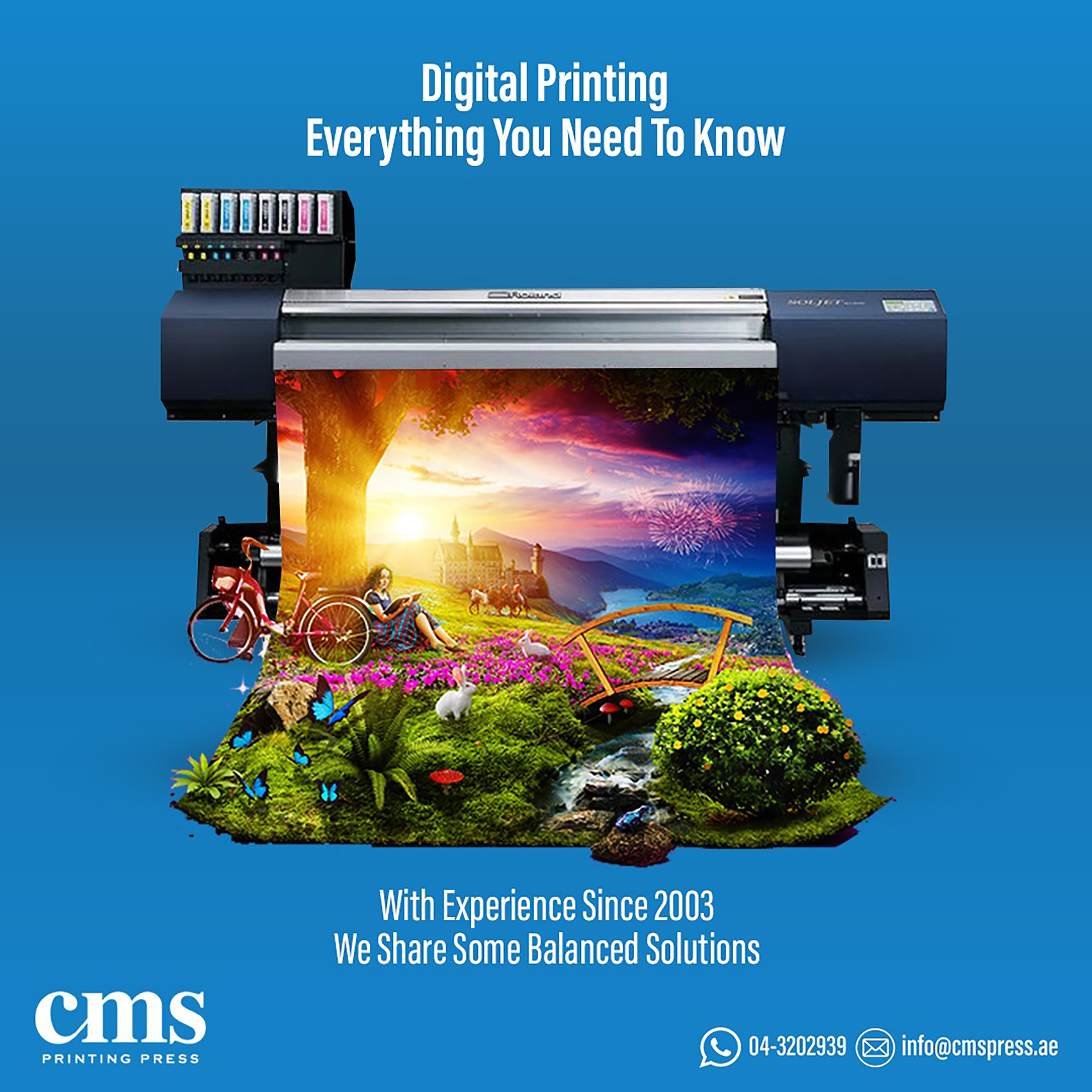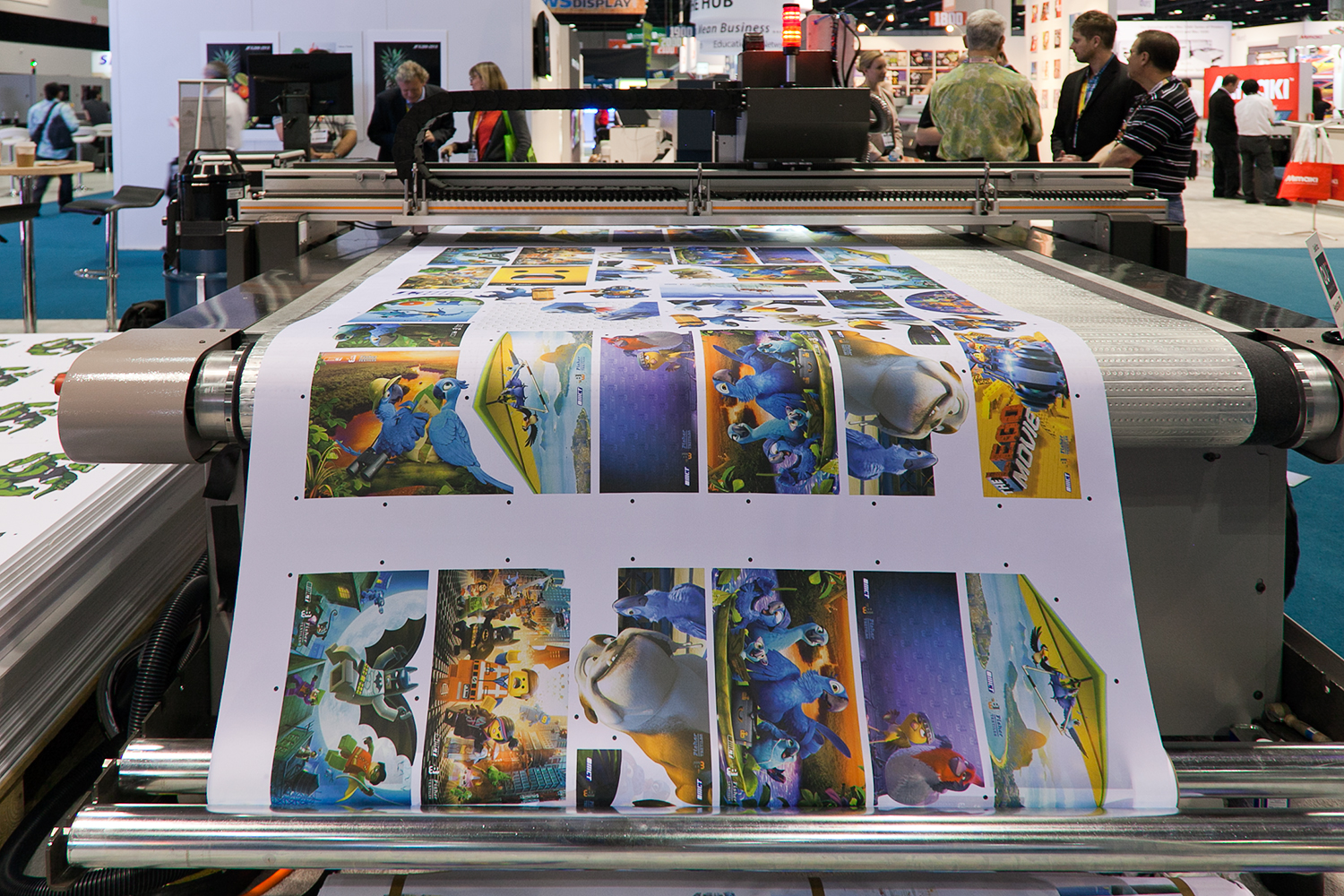Getting My Digital Printing To Work
Getting My Digital Printing To Work
Blog Article
The Greatest Guide To Digital Printing
Table of ContentsThe Best Strategy To Use For Digital PrintingThe Facts About Digital Printing RevealedExcitement About Digital PrintingDigital Printing for DummiesDigital Printing Things To Know Before You BuyThe 2-Minute Rule for Digital PrintingThe Ultimate Guide To Digital PrintingSee This Report on Digital Printing
Customization additionally allows organizations to stick out in a congested market by developing special marketing materials that differentiate them from their competitors. One of the primary benefits of electronic printing is the capacity to publish variable data. Each published item can be one-of-a-kind, permitting companies to create individualized advertising products that talk directly to their target market.Digital printing additionally enables for personalization in the design of advertising and marketing materials (Digital Printing). With digital printing, businesses can produce layouts that are special and tailored to their certain demands.
Digital Printing Things To Know Before You Buy
This advantages organizations that desire to evaluate different advertising strategies or release new items and services. By publishing smaller quantities of marketing products, businesses can minimize waste and prevent the demand for excess stock. Digital printing is additionally flexible. It can print on different products, consisting of paper, cardstock, vinyl, and steel.
By utilizing various products and layouts, companies can create special marketing products that stick out from their rivals and stand out from their target audience. Digital printing also offers uniformity. With conventional printing techniques, there is often variation between prints as a result of distinctions in ink coverage, stress, and other factors.
This uniformity can help build consumer trust fund and integrity, showing that the company is devoted to giving top quality materials. Uniformity is especially crucial for companies that wish to construct consumer depend on and credibility. By making certain that every print is regular, businesses can reveal that they are dedicated to giving premium products and paying attention to the information.
10 Easy Facts About Digital Printing Shown

Additionally, electronic printing generates less waste due to the fact that it can publish as needed and in smaller quantities, lowering the need for excess inventory and products. Digital printing additionally makes use of less energy contrasted to standard printing approaches. Digital printers do not need as much energy to operate, as they do not require to warm up as much or utilize as much power to run.
The Ultimate Guide To Digital Printing

Balanced out printing calls for a plate for every color printed. Standard offset printing is a print technique that utilizes aluminum plates to transfer ink onto a rubber sheet (commonly referred to as a "covering"). The photo is then rolled onto the printing surface area. This printing technique is taken into consideration "offset" because the ink is not transferred to the paper straight.
A Biased View of Digital Printing
Countered printing allows for a vast variety of print products to be made use of throughout production. The top notch images generated through countered printing make it the recommended technique, specifically among graphic designers, when looking for the best color recreation, information, and professional-looking prints.
The essential printing approach continues to be balanced out. For electronic inkjet printing, ink is transferred directly onto the surface area. As opposed to relying upon aluminum plates and rubber coverings to move a picture, digital printing makes use of fluid ink during manufacturing. Conventional home inkjet printers are one of the most typical digital printing methods.
The 8-Minute Rule for Digital Printing
Due to the fact that balanced out printing can blend custom-made shade inks for each work, it will normally get the shades spot-on. Count on balanced out printing for clean, unique kinds and images without touches or spots.
It sets you back a lot to begin a countered work. You have to spend cash right into developing home plates, which takes some time. Nevertheless, when you've invested it, every one of the materials are ready to go, and you'll spend much less on huge countered jobs than a digital print, which is regarding over here the very same per item click for more no matter how huge the task gets.
Each print is the same. You run the risk of less odd variants brought on by imbalances in water and ink. Digital printing is much less costly for low-volume jobs. The cost per system drops for digital printing, so eventually, they crisscross. Altering information within a single print work. Say you were printing out postcards marketing a show.
An Unbiased View of Digital Printing
While digital printing or inkjet printing is the preferred option in the existing times, there are engaging reasons to transform from balanced out to electronic printing systems. When printing balanced out or electronically, vital decisions and procedures are involved in shade matching.
Industrial inkjet printing provides flexibility for printing on numerous various substratums. Digital printing is ideal for clients that do not call for longer runs and warehousing products.

One advantage of digital printing is picking from a wide variety of digital substrates. With electronic printing, the price of the substratum in the general job is minuscule.
The 4-Minute Rule for Digital Printing
drop-on-demand is the second printing innovation to consider. Constant inkjet systems require substantial upkeep, more operator training, and greater downtime. Equipment prices in inkjet printing are far lower than offset printing as there are no plate-making, plates, and press costs. Beyond the capital cost, the prepress devices and printing presses call for highly proficient drivers in countered printing, which adds labor costs.
Report this page